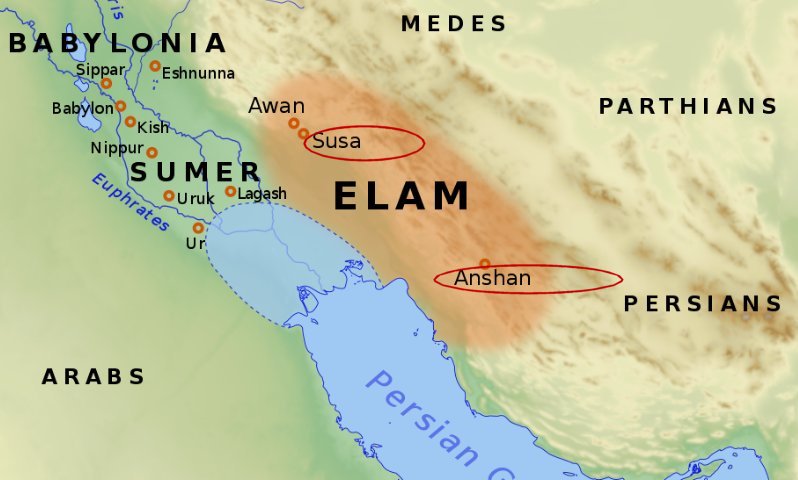Zagros Mountains: Home To Tribes, Kingdoms And Empires For Thousands Of Years
A. Sutherland - AncientPages.com - In and around the Zagros Mountains area to the east of the great Sumerian civilization of Mesopotamia, early humans lived since the Lower Paleolithic Period.
The earliest human fossils discovered in Zagros belong to Neanderthals and come from Bisitun Cave, Wezmeh Cave, and Shanidar Cave, where researchers found the remains of ten Neanderthals, dating from around 65,000-35,000 years ago.
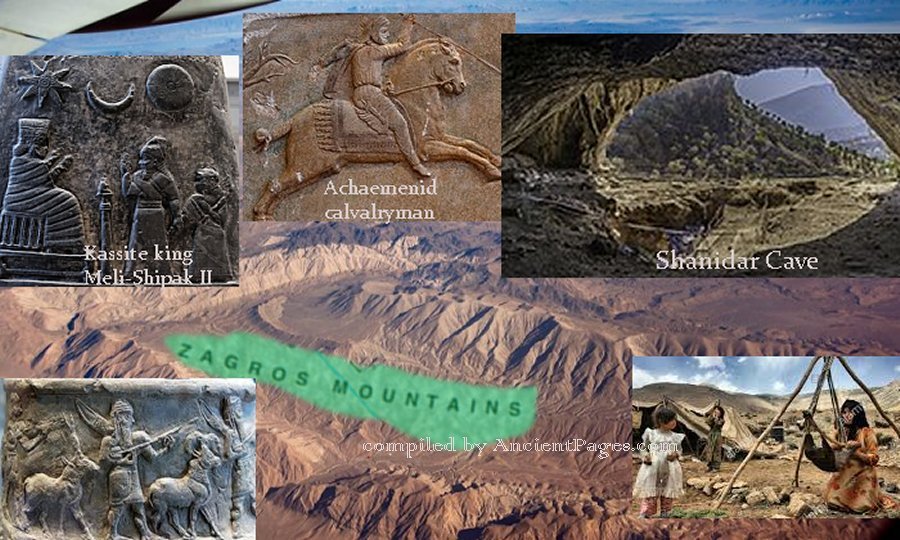
Signs of early agriculture date back as far as 9000 BC in the foothills of the Zagros Mountains. 7,000-year-old jars of wine and other agriculture-related artifacts dated to 8,000 BC confirm the beginning of agriculture in the region.
The 1300-kilometer Zagros mountain range extends from the northwest of Iran (the border of Iran and Turkey) and continues to the southwestern edge of Iran and Pakistan. Zagros has an ancient history of several thousand years, and empires such as the Achaemenids formed 2500 years ago in it.
Some settlements later grew into cities, like Anshan, which is believed to be the origin of one of the world's oldest known civilizations. Anshan was occupied consistently from before 4,000 BC to 1,000 BC. Anshan was politically involved with the Elamites at Susa, an ancient city in the lower Zagros Mountains, where the first settlers appeared over 6000 years ago, as well as the Mesopotamians.
During early ancient times, the Zagros was the home of peoples such as the ancestors of the Sumerians and, later, the Kassites, Guti, and Elamites, whose last written records in Elamite appeared around the conquest of the Achaemenid Empire by Alexander the Great, and the Kingdom of Mitanni that flourished from about 1500 to about 1360 BC and occasionally invaded the Sumerian and Akkadian cities of Mesopotamia.
Zagros Mountains - Image credit: Vah.hem - CC BY-SA 3.0
A few years ago, researchers from Europe, the United States, and Iran discovered intriguing ancient human remains belonging to people who lived in the Zagros Mountains. They compared Neolithic farmers' DNA and that of living people from southern Asia, including from Afghanistan, Pakistan, Iran, and Iranian Zoroastrians in particular.
The results gave evidence of a previously unknown group of Stone Age farmers who may have introduced agriculture to South Asia. These people appear to have taken up farming in the Zagros region around the same time as their cousins further west in Anatolia, now Turkey.
This extraordinary finding contradicts previous theories that a single group of hunter-gatherers developed agriculture in the Middle East some 10,000 years ago and then migrated to Europe, Asia, and Africa, where they gradually replaced or mixed with the local population.
For centuries, as we see, the Zagros was a historical barrier dividing formerly Mesopotamia and Persia, and now Iraq and Iran. Like before, the people living in or in the vicinity of the Zagros Mountains still live nomadic and semi-nomadic lifestyles.
The archaeological discoveries made in the region offer evidence that several ancient civilizations and tribes have continuously occupied the area surrounding the Zagros Mountains.
From archaeological evidence, we know that many inscriptions of Gudea, a ruler (ensi) of the state of Lagash in Southern Mesopotamia who ruled c. 2144–2124 BC, obtained copper from the Zagros Mountains, the first hammered-metal artifacts were found in the highlands of the Zagros and Taurus mountains.
Sumerian cities of that period - ranging from northern Mesopotamia to the southern Zagros foothills produced clay bricks, mosaic decorations, plastered walls, and cemeteries with brick-lined graves. Artisans painted and decorated ceramic goods with geometric designs, copper mirrors, beads of imported and highly valued turquoise, paint for eyelids, cloth, houses, and, above all, monumental temple buildings.
An important trade route that originated in the fertile lowlands of Mesopotamia led through the Zagros highlands, the Iranian plateau, and Afghanistan into Central Asia and regions of Samarkand, Merv, and Ferghana. This great highway helped spread and connect cultures and their traditions and had an enormous impact on trade between East and West.
Updated on November 28, 2023
Written by – A. Sutherland - AncientPages.com Senior Staff Writer
Copyright © AncientPages.com All rights reserved. This material may not be published, broadcast, rewritten or redistributed in whole or part without the express written permission of AncientPages.com
Expand for referencesMore From Ancient Pages
-
 The Opening Of Pandora’s Box May Have Been A Real Event
Myths & Legends | Jun 22, 2021
The Opening Of Pandora’s Box May Have Been A Real Event
Myths & Legends | Jun 22, 2021 -
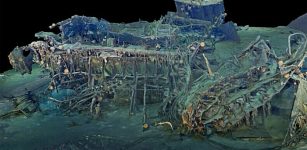 Wreckage From Famous Warships Explored In 3D On Anniversary Of Sinking
Archaeology | Nov 22, 2022
Wreckage From Famous Warships Explored In 3D On Anniversary Of Sinking
Archaeology | Nov 22, 2022 -
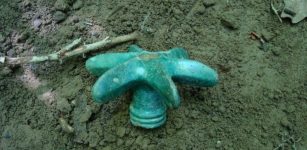 Peculiar Bronze Mace Head Left By Unknown Ancient Culture Discovered In Poland
Archaeology | Jul 1, 2019
Peculiar Bronze Mace Head Left By Unknown Ancient Culture Discovered In Poland
Archaeology | Jul 1, 2019 -
 Unsolved Mysteries Of Cahokia – What Really Happened With The Large Metropolis?
Civilizations | Jan 15, 2015
Unsolved Mysteries Of Cahokia – What Really Happened With The Large Metropolis?
Civilizations | Jan 15, 2015 -
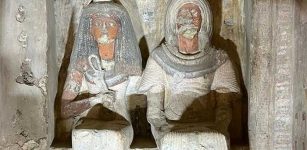 Look Inside The Amazing Egyptian Tomb Of Scribe Neferhotep In Luxor
Places | Feb 19, 2024
Look Inside The Amazing Egyptian Tomb Of Scribe Neferhotep In Luxor
Places | Feb 19, 2024 -
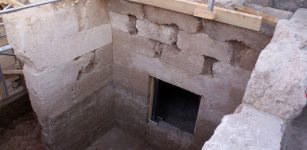 New Macedonian-Era Tomb With Four Chambers Was Discovered In Pella
Archaeology | Dec 23, 2015
New Macedonian-Era Tomb With Four Chambers Was Discovered In Pella
Archaeology | Dec 23, 2015 -
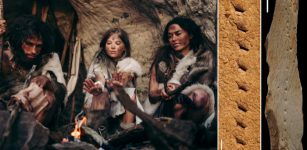 Evidence Europeans Made Leather Clothing 40,000 Years Ago – New Study
Archaeology | Apr 17, 2023
Evidence Europeans Made Leather Clothing 40,000 Years Ago – New Study
Archaeology | Apr 17, 2023 -
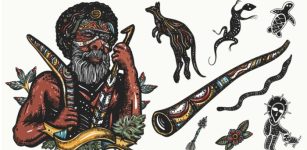 Oral Stories Of Australia’s First Nations Might Be 10,000 Years Old – Evidence Found
Archaeology | Aug 2, 2023
Oral Stories Of Australia’s First Nations Might Be 10,000 Years Old – Evidence Found
Archaeology | Aug 2, 2023 -
 Battle Of Cape Ecnomus: One Of The Greatest Naval Battles In History
Ancient History Facts | Jun 17, 2019
Battle Of Cape Ecnomus: One Of The Greatest Naval Battles In History
Ancient History Facts | Jun 17, 2019 -
 Invisible Ink On Antique Nile Papyrus From The Island Of Elephantine – Revealed
Archaeology | Aug 21, 2019
Invisible Ink On Antique Nile Papyrus From The Island Of Elephantine – Revealed
Archaeology | Aug 21, 2019 -
 Giant Geoglyphs Near The Golden City Jaisalmer In India’s Thar Desert May Be World’s Largest Drawings – Who Made Them And Why?
Archaeology | May 28, 2021
Giant Geoglyphs Near The Golden City Jaisalmer In India’s Thar Desert May Be World’s Largest Drawings – Who Made Them And Why?
Archaeology | May 28, 2021 -
 Uruk Was Ruled By Gilgamesh Who Built City’s Great Walls
Featured Stories | Jul 26, 2016
Uruk Was Ruled By Gilgamesh Who Built City’s Great Walls
Featured Stories | Jul 26, 2016 -
 On This Day In History: World War II – Attack on Pearl Harbor – Dec 7, 1941
News | Dec 7, 2015
On This Day In History: World War II – Attack on Pearl Harbor – Dec 7, 1941
News | Dec 7, 2015 -
 Facial Reconstruction Of 3.8-Million-Year-Old Skull Shows What Our Ancestors Really Looked Like
Archaeology | Dec 29, 2022
Facial Reconstruction Of 3.8-Million-Year-Old Skull Shows What Our Ancestors Really Looked Like
Archaeology | Dec 29, 2022 -
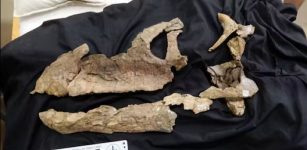 First Near-Complete Sauropod Dinosaur Skull Found In Australia Hints At Ancient Links Between Continents
Featured Stories | Apr 13, 2023
First Near-Complete Sauropod Dinosaur Skull Found In Australia Hints At Ancient Links Between Continents
Featured Stories | Apr 13, 2023 -
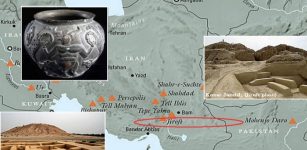 Archaeologists Survey Bronze Age Konar Sandal Site In Southeast Iran
Archaeology | Feb 17, 2021
Archaeologists Survey Bronze Age Konar Sandal Site In Southeast Iran
Archaeology | Feb 17, 2021 -
 Experts Restore Ceremonial Boat Of Pharaoh Cheops At On-Site Antiquities Laboratory
Archaeology | Mar 30, 2017
Experts Restore Ceremonial Boat Of Pharaoh Cheops At On-Site Antiquities Laboratory
Archaeology | Mar 30, 2017 -
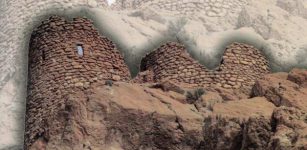 Mythical Temple Of Wingded Warrior God Haldi In The ‘City Of The Raven’
Civilizations | Jul 21, 2016
Mythical Temple Of Wingded Warrior God Haldi In The ‘City Of The Raven’
Civilizations | Jul 21, 2016 -
 Jizo – Protector Of Children, Travelers And Women In Japanese Mythology
Featured Stories | Dec 23, 2015
Jizo – Protector Of Children, Travelers And Women In Japanese Mythology
Featured Stories | Dec 23, 2015 -
 Vatican Secrets – Extraterrestrial Life And Genetically Engineering Of Humans By Advanced Alien Species
Featured Stories | Oct 6, 2018
Vatican Secrets – Extraterrestrial Life And Genetically Engineering Of Humans By Advanced Alien Species
Featured Stories | Oct 6, 2018


